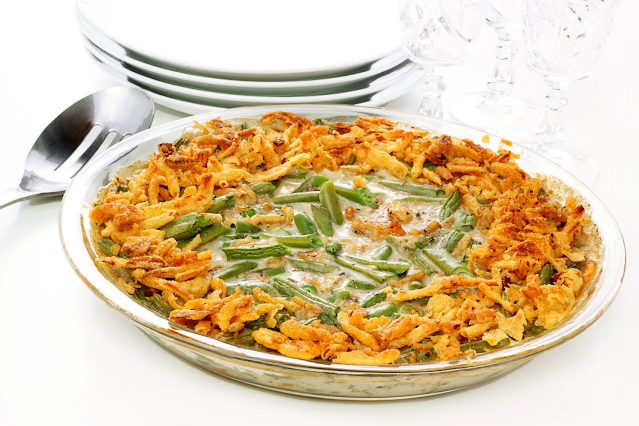What Is Unleavened Bread In The Bible?
Unleavened bread is a type of bread that does not contain any leavening agent. This means that the dough does not rise and is more dense than other types of bread.
There are many different recipes for unleavened bread, but most contain flour, water, and salt. This type of bread is typically eaten during religious holidays, such as Passover, when leavened bread is not allowed.
Spread joy this Passover with our beautifully designed Passover greeting card printable PDF, perfect for sending warm wishes to your loved ones effortlessly and instantly!
The history of unleavened bread
Unleavened bread has a long and ancient history. The earliest known recipe for unleavened bread dates back to the Old Testament.
In Exodus 12:15, the Israelites are instructed to bake their bread without yeast, as they are leaving Egypt in a hurry. This bread, known as matzo or matzah, is still eaten today by Jews during the Passover holiday.
Unleavened bread was also a staple of the early Christian diet. In the New Testament, Jesus is said to have eaten unleavened bread during the Last Supper (Matthew 26:17). After the death of Jesus, his disciples continued to eat unleavened bread during the Christian festival of Pentecost (Acts 2:1).
Today, unleavened bread is eaten by people of many different religions. Jews eat matzo during Passover, and Christians eat unleavened bread during Easter.
The benefits of eating unleavened bread
There are many benefits to eating unleavened bread. For one, it is much easier to digest than regular bread. This is because the yeast and bacteria that cause fermentation are not present in unleavened bread. This makes it a great option for people with digestive issues.
Another benefit of eating unleavened bread is that it is much lower in calories and carbohydrates than regular bread. This makes it a great option for people who are trying to lose weight or manage their blood sugar levels.
Finally, unleavened bread has a much longer shelf life than regular bread. This is because the fermentation process that causes bread to go bad is not present in unleavened bread. This makes it a great option for people who want to have bread on hand that will last for a long time.
Why unleavened bread is a healthier choice
Unleavened bread is a healthier choice for a number of reasons. First of all, it is made without yeast, which means it is lower in sugar and calories.
It is also made without any added fats or oils, making it a good choice for those who are trying to watch their fat intake. Finally, unleavened bread is usually made with whole wheat flour, which is a healthier choice than white flour.
A recipe for unleavened bread
A recipe for unleavened bread is a simple bread recipe that does not require yeast or any other leavening agent. This bread is easy to make and is perfect for those who are avoiding yeast or gluten.
The dough is made with flour, water, and salt, and is then rolled out flat and cut into pieces. The bread is then baked in a hot oven until it is golden brown.















